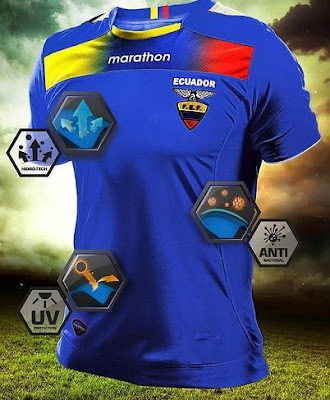
Modern period 19th century Īs a reaction against the Congress of Berlin, which had given some Albanian-populated territories to Serbia and Montenegro, Albanians, mostly from Kosovo, formed the League of Prizren in Prizren in June 1878. Evliya Çelebi (1611–1682) in his travels within the region during 1660 referred to the western and central part of what is today Kosovo as Arnavudluk and described the town of Vučitrn's inhabitants as having knowledge of Albanian or Turkish with few speakers of Slavic languages. The Ottoman term Arnavudluk (آرناوودلق) meaning Albania was used in Ottoman state records for areas such as southern Serbia and Kosovo. Today, Sunni Islam is the predominant religion of Kosovo Albanians.

During this time, Islam was introduced to the population. Kosovo was part of the Ottoman Empire from 1455 to 1912, at first as part of the eyalet of Rumelia, and from 1864 as a separate province ( vilayet). The study also revealed that the same population figures between older and newer settlement patterns were the same for the Serb population in eastern Kosovo as most had settled in the area in the last 200 years. Malcolm also noted that commonalities of Kosovo Albanian family names with Albanian clan names is not always indicative of having Albanian Malësi clan origins, as some people were agglomerated into clans while many other Kosovo Albanians lack such names. Historian Noel Malcolm has criticized the Urošević study for its broad generalization to the whole of Kosovo, as it focused on Eastern Kosovo, while omitting Western Kosovo to reach those conclusions. A 1930s Serbian study by Atanasije Urošević estimated that 90% of Kosovo Albanians in particular areas of eastern Kosovo descended from these migrating tribes most belonged to the Krasniqi, the rest to the Berisha, Gashi, Shala, Sopi, Kryeziu, Thaçi and Bytyqi tribes. The migrating parts of tribes maintained a tribal outlook and household structure. In the late 17th century, most intensively between mid-18th century and the 1840s they seem to have moved eastwards.

In the Middle Ages, more Albanians in Kosovo were concentrated in the western parts of the region than in its eastern part. The population of northern and central Albania in the early Ottoman period was also smaller than that of the population of Kosovo and it's rate of growth higher. Most of the new arrivals into Kosovo that were recorded by Ottoman officials in the early period had Slavic names rather than Albanian, many of these coming from Bosnia By the 1600s, large parts of Western Kosovo were majority Albanian speaking and migrations from northern Albania into Kosovo at this period were relatively very small compared to the already existing Albanian population in Kosovo. Īccording to Noel Malcolm, a large part of the Albanian demographic growth in Kosovo was from an indigenous population within the Kosovo region itself rather than a mass immigration from northern Albania. Due to the Ottoman-Habsburg wars and their aftermath, Albanians from contemporary northern Albania and Western Kosovo settled in wider Kosovo and the Toplica and Morava regions in the second half of the 18th century, at times instigated by Ottoman authorities. Significant clusters of Albanian populations also lived in Kosovo especially in the west and centre before and after the Habsburg invasion of 1689–1690, while in Eastern Kosovo they were a small minority. Toponyms such as Arbanaška and Đjake shows an Albanian presence in the Toplica and Southern Morava regions (located north-east of contemporary Kosovo) since the Late Middle Ages. In the 14th century in two chrysobulls or decrees by Serbian rulers, villages of Albanians alongside Vlachs are cited in the first as being between the White Drin and Lim rivers (1330), and in the second (1348) a total of nine Albanian villages are cited within the vicinity of Prizren. Kosovo Albanians belong to the ethnic Albanian sub-group of Ghegs, who inhabit the north of Albania, north of the Shkumbin river, Kosovo, southern Serbia, and western parts of North Macedonia. Further information: History of Kosovo Middle Ages


 0 kommentar(er)
0 kommentar(er)
